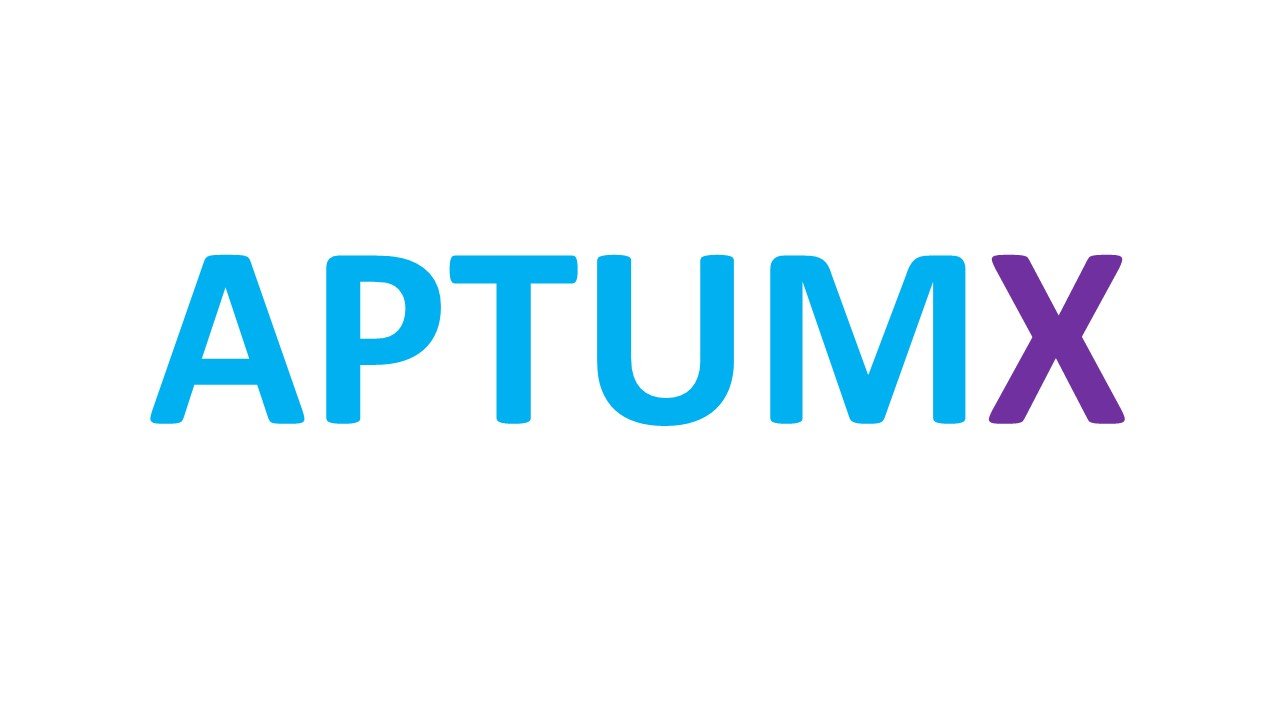Digital Twin Part 2 Knowing: the key to automating
The importance of really knowing your business
“Take your software out. It doesn’t work.” These were pretty much the first words uttered on a call from a customer, the CEO of a small cable network provider.
When I asked what he meant he said, “The girls tell me it doesn’t work”. I didn’t ask if these were the same “girls” who were not included in the process discovery sessions designed to inform our Business Analyst how the organization operated. The implication was that it was the managers and supervisors who took part in these sessions who didn’t know how the business really worked.
This encounter happened early in our days of selling automated business solutions. It came hot on the heels of a successful project to fully automate a clothing manufacturer and where, according to the CEO in a media interview, use of the software had resulted in a ten-fold increase in productivity and a reduction in sales cycle-time from 9 months to 6 weeks.
The difference was that the clothing CEO personally described how his company operated in detail. He was not 100% accurate, but in his case the staff didn’t spit the dummy when discrepancies arose since he addressed them – as could have been the case for the cable company if egos were not at stake.
Experience shows that the first example represents the norm.
The lack of motivation to define business
The ‘flawed discovery’ problem appears to be endemic in the world of Enterprise Systems. It can be overcome with time and effort when automating small processes, such as expense claims, but this ‘brute force’ approach doesn’t scale to the enterprise-wide systems that manage the value creation and delivery activities of most businesses.
Toyota solved this problem and brought Detroit to its knees in the process with two ‘innovations’ – they didn’t automate activity until they knew it 100%, plus they trusted their workers to spot issues that could compromise the automated system.
The fact is, the majority of organizations have no accurate formal definition of the work their people perform. And for an automated system to work it must cater for every eventuality, just like a Toyota assembly robot – 100%. Just a single exception will halt an automated process and require a manual workaround. Until now, except for a few industry sectors, business has lacked an incentive to define work formally.
Automating business provides motivation
This will change. Digital technology makes systems automation more accessible. Microsoft’s Power Automate is an example of the movement, albeit in a manner that is basically detrimental to making automation successful in the long term.
“Empower everyone to build automated processes using low-code, drag-and-drop tools.” Microsoft’s advice is fundamentally flawed. Even forgetting that such advice will result in islands of automation - myriad small processes that will be an integration and maintenance nightmare - it perpetuates the outdated proposition that business is best served by having technical people present new solutions. Technical people are even less well suited to understanding an organization’s operations than our cable network provider’s managers and supervisors, who failed to correctly define their business.
Until you can define an organization from top to bottom and end to end in a single coherent model of its operations to the degree of accuracy that automated systems require, success will be elusive.
Digital Twin enables business automation
This is precisely the situation for which the concept of the Digital Twin was conceived by NASA. After their close call with Apollo 13 they realized the value of having a digital replica of the craft and crew, that would enable them to monitor everything and engage with certainty should the need arise. The same is true nowadays for engineered products such as jet engines, and for smart buildings.
The Business Digital Twin is the first software to describe business systems from a businessperson’s perspective rather than an IT technical viewpoint. Because it replicates the business environment it is relatively easy for business people to understand the model structure and thus define their own business operations in detail. The Digital Twin framework ensures that transaction processes occupy the appropriate position in the organization’s value stream, ensuring end-to-end integration.
The implication of this is that, with Digital Twin technology, businesspeople can take the initiative, define their operations and create the systems with which to run the business.
In conclusion:
1. As our fully automated customer showed, the benefits of automating operations can be huge.
2. Organizations will not invest the effort to formalize the operational activity without a compelling reason. Business automation is that reason, but using a Digital Twin is critical for this to happen.
Business automation is not a solution, it’s a journey to the next level of productivity, customer service and profitability, and it demands your business is understood 100%.

